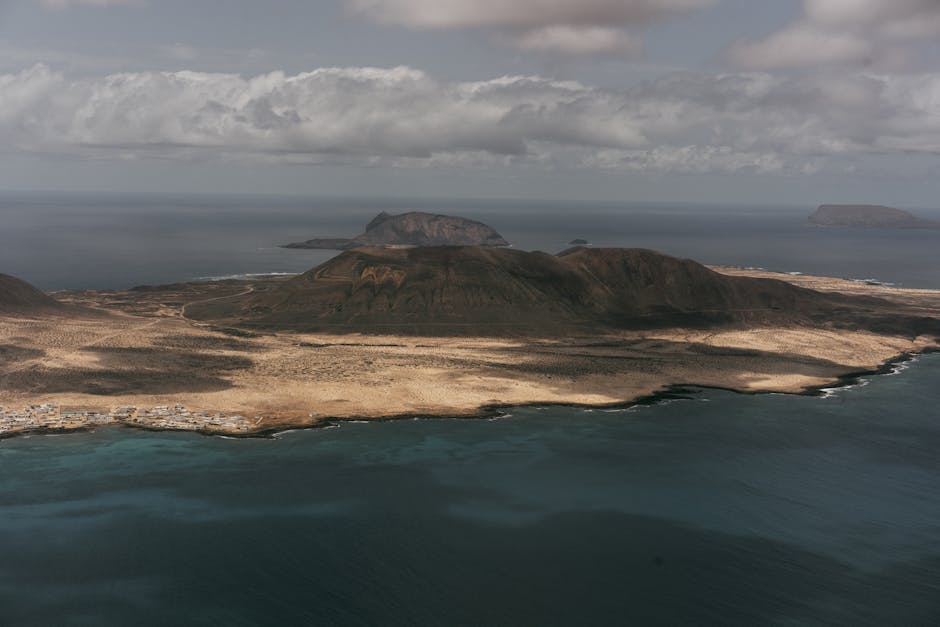
Walk along virtually any coastline today, and the conversation among residents often turns to the encroaching ocean. News reports consistently highlight global sea level rise, driven by melting glaciers and the thermal expansion of warming ocean waters. It’s a widely accepted and scientifically validated reality. Yet, if you were to visit certain coastal communities, from parts of the Nordic country of Sweden to the northern reaches of Alaska, you might hear a different story: locally, the sea appears to be receding. How can the earth’s oceans be rising on a planetary scale while simultaneously seeming to drop in specific places? This seeming contradiction isn’t a glitch in our understanding, but rather a profound illustration of the dynamic forces shaping our planet’s landscape.
The key to unlocking this paradox lies in distinguishing between global and relative sea level. Global sea level represents the average height of the entire ocean surface, a measurement influenced by factors like global temperature and the volume of ice on land. This global average is indeed on an upward trajectory, a consequence of human-induced climate change. However, what matters most to coastal communities is relative sea level—the local height of the ocean surface relative to the adjacent land. And this is where things get complicated, as the land itself is rarely static.
One of the most significant forces behind falling relative sea levels in certain regions is a geological phenomenon known as isostatic rebound, or post-glacial rebound. Picture a heavy mattress slowly regaining its shape after a large weight has been lifted. For millennia, vast ice sheets, miles thick, covered much of North America and northern Europe during the last glacial period. This immense weight pressed down on the continent’s crust, deforming it like a giant thumbprint on soft clay. When the ice sheets melted approximately 10,000 years ago, the land, freed from its burden, began to slowly spring back upwards. This rebound is not an instantaneous event; it’s an ongoing process, occurring over thousands of years, and it continues today at varying rates. In areas like the Hudson Bay region of Canada or the Gulf of Bothnia in Scandinavia, the land is still uplifting at rates that, in some cases, exceed the global rate of sea level rise. Consequently, the relative sea level in these coastal areas is effectively dropping, even as the global ocean volume increases. The land is simply rising faster than the water.
Beyond the lingering effects of ancient ice, contemporary tectonic activity also plays a role in localized sea level changes. Our earth’s crust is a mosaic of massive plates constantly grinding against each other. Along certain plate boundaries, where one plate is forced beneath another, massive geological forces can cause the overlying landscape to slowly or suddenly uplift. For instance, after the powerful 2010 earthquake off the coast of Chile, vast stretches of the coastline were observed to have risen several meters in an instant, causing the local sea level to dramatically drop relative to the newly elevated land. While this is an extreme example, slower, more continuous tectonic uplift in other regions can also contribute to a perceived lowering of the sea.
Furthermore, even the distribution of ocean water itself isn’t perfectly uniform, and local ocean dynamics can influence relative sea level. The gravitational pull of large ice sheets, for example, actually draws ocean water towards them. As these ice sheets melt, not only do they add water to the ocean, but their diminishing mass reduces their gravitational attraction. This means that areas close to a melting ice sheet, like the coasts of Greenland or even parts of Europe adjacent to the shrinking Greenland ice sheet, might actually experience a local drop in sea level as the water previously held by the ice’s gravity redistributes to other parts of the ocean basin. Imagine releasing a magnet from a pile of iron filings; the filings scatter, not necessarily staying where the magnet was. Similarly, changes in ocean currents, temperature gradients, and salinity can cause water to “pile up” or recede in specific regions, further complicating the local sea level picture.
So, when you consider the complex interplay of land rising or falling due to geological processes like isostatic rebound or tectonic uplift, combined with the subtle but powerful redistribution of ocean water influenced by gravity and currents, it becomes clear why local sea level can diverge so significantly from the global trend. Every country bordering the ocean experiences a unique combination of these factors, resulting in a finely granulated mosaic of relative sea level changes. What appears as a simple concept—the ocean rising—is, in reality, a multi-faceted process where the local experience can tell a very different story.
Understanding these localized dynamics is not merely an academic exercise; it carries profound implications for coastal planning and infrastructure development. While the global message of rising oceans remains critical, acknowledging the nuances of relative sea level allows for more precise adaptation strategies tailored to specific communities. It reminds us that our earth is an intricate, constantly evolving system, where forces operating over millennia can still influence the landscape we inhabit today, often in ways that challenge our initial assumptions.